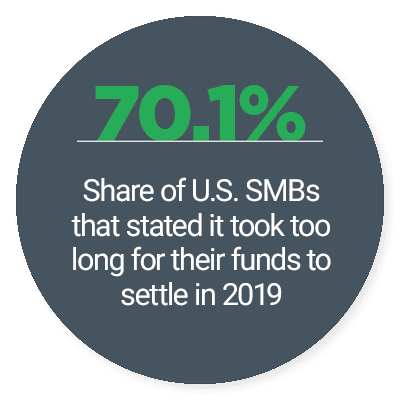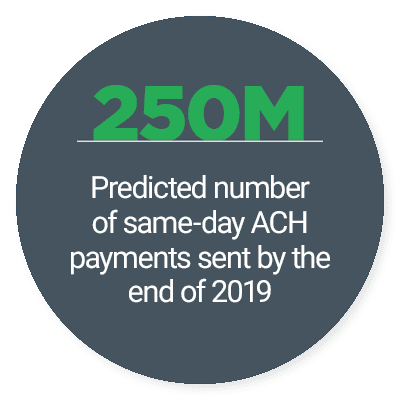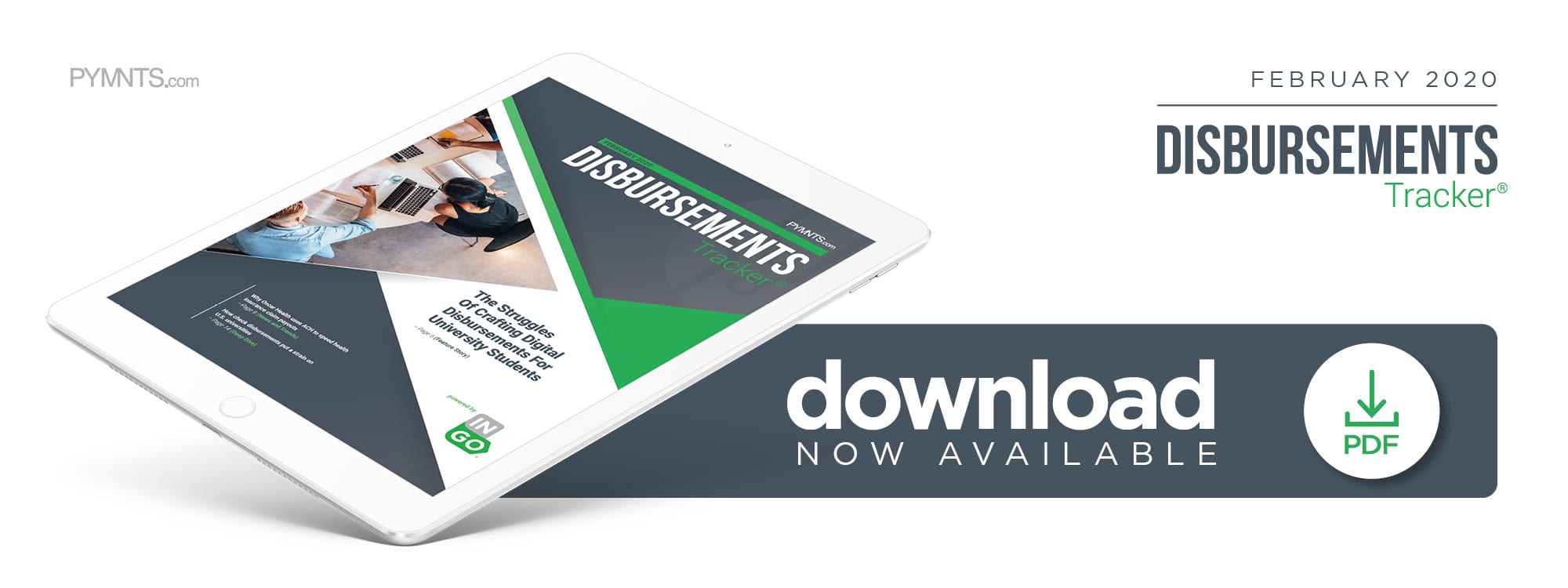Ohio University On Paper Checks And The Higher Ed Financial Aid Catch 22

Real-time or instant payments have proved their worth to the businesses — and individuals — that need quick transactions to stay afloat. The benefits of such payment solutions include crucial fraud protection features and data insights regarding their clients and consumers, which can lead to a higher level of service.
 However, the expanding popularity of these methods does not mean that legacy disbursement methods, such as paper checks or invoice-heavy payouts, have disappeared. Checks are still heavily represented, even though businesses, customers, suppliers and vendors are fully aware of their deficiencies by this point.
However, the expanding popularity of these methods does not mean that legacy disbursement methods, such as paper checks or invoice-heavy payouts, have disappeared. Checks are still heavily represented, even though businesses, customers, suppliers and vendors are fully aware of their deficiencies by this point.
In the latest Disbursements Tracker, PYMNTS examines why checks still persist as the major disbursement method in a number of industries — notably, the insurance and legal spaces, as well as for student disbursements. The Tracker also analyzes how these industries are tackling the inefficiencies of this method, and how digital disbursement innovation is continuing regardless.
Around The Disbursements World
Digital disbursements may be slow to filter into certain industries, but they are appearing. Healthcare insurance startup Oscar Health has launched an online portal for insurers, allowing them to speed up their disbursement processes by simplifying patient onboarding. The solution aims to ease many of the frustrations faced by both insurers and patients when it comes to insurance disbursements — frustrations that are only increasing as younger generations like millennials begin to interact with these firms.
 One of the generations most likely to be unfamiliar — and especially unhappy — with check disbursements is Generation Z, which tends to prefer digital payout methods. Recent reports have shown that 75 percent of this generation have used person-to-person (P2P) payment products to pay their bills, or to collect money from individuals and businesses also using these platforms. This generation’s payment preferences lean toward digital methods that can mimic the speed of those P2P services.
One of the generations most likely to be unfamiliar — and especially unhappy — with check disbursements is Generation Z, which tends to prefer digital payout methods. Recent reports have shown that 75 percent of this generation have used person-to-person (P2P) payment products to pay their bills, or to collect money from individuals and businesses also using these platforms. This generation’s payment preferences lean toward digital methods that can mimic the speed of those P2P services.
The spread of innovative, faster payment methods also means that businesses and individuals must keep an eye out for increasing volumes of fraud, including a number of schemes using legacy payment methods to bypass the complex fraud protection measures locked into new payout methods. Eighty-two percent of companies reported experiencing some form of check fraud in 2018 — the highest number of businesses to do so in a 10-year period. These businesses must be sure to guard their platforms against fraud measures both new and old.
To learn more about this and other news items in the space, visit the Tracker’s News & Trends section.
Why US Universities Struggle To Let Go Of Check Disbursements
 Checks have grown steadily unpopular with many recipients, especially among younger students who rely on these funds to pay their bills, buy textbooks or navigate the other financial vagaries of college life. Universities must maintain checks for federal disbursements under law, but many of them are finding ways to carefully educate students about their digital disbursement opportunities, said Sherry Rossiter, bursar at Ohio University, in a recent interview with PYMNTS. Ohio University has offered digital disbursements for decades now, she added, though incoming students are often unfamiliar with the program.
Checks have grown steadily unpopular with many recipients, especially among younger students who rely on these funds to pay their bills, buy textbooks or navigate the other financial vagaries of college life. Universities must maintain checks for federal disbursements under law, but many of them are finding ways to carefully educate students about their digital disbursement opportunities, said Sherry Rossiter, bursar at Ohio University, in a recent interview with PYMNTS. Ohio University has offered digital disbursements for decades now, she added, though incoming students are often unfamiliar with the program.
To learn more about the check disbursement struggle, and how Ohio University is educating those newcomers on its digital disbursement offerings, visit the Tracker’s feature story.
How Checks Are Slowing US Universities From Moving Disbursements Forward
Checks still remain entrenched in the disbursement processes for many American universities, mainly because regulation has not yet caught up to them. Universities are required to offer checks as an option for students, but having to maintain this legacy payment method can drain both the universities and students in question. In fact, the costs and inefficiencies of checks may be causing many universities to delay innovating their disbursement processes, since they still rely on paper checks as the standard.
To learn more about the status of checks for student disbursements, visit the Tracker’s Deep Dive.
About The Tracker
The PYMNTS Disbursements Tracker, powered by Ingo Money, is the go-to monthly resource for staying up to date on the trends and changes in the digital disbursements space.

